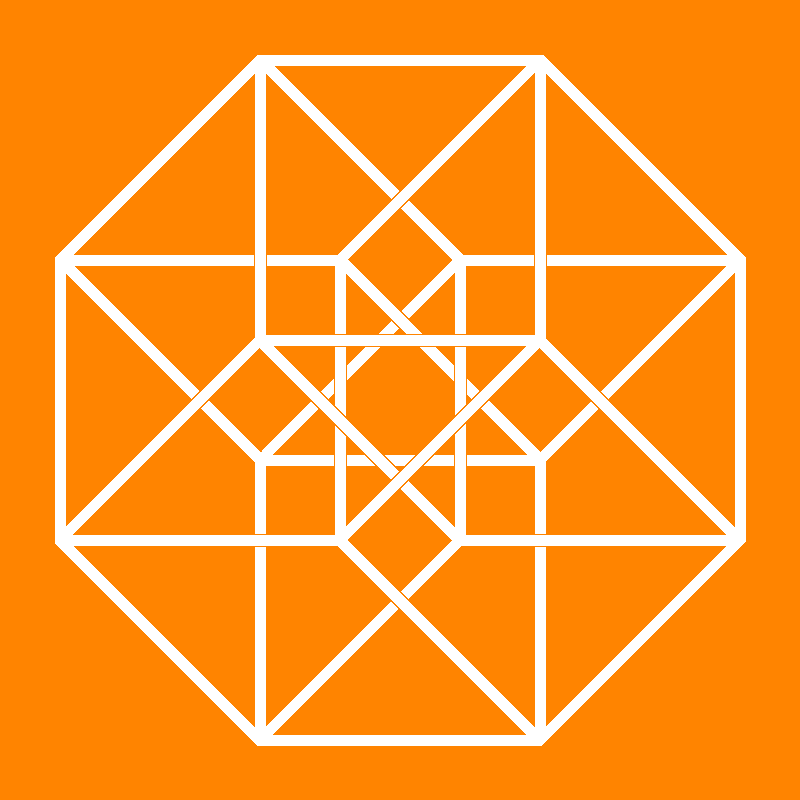|

Journal Home Page
Cumulative Index
List of all Volumes
Complete Contents
of this Volume
Previous Article
Next Article
|
|
Journal for Geometry and Graphics 7 (2003), No. 1, 065--073
Copyright Heldermann Verlag 2003

Fitting a 3D Particle System Model to a Non-dense Data Set in Medical Applications
Vincent Baudet
LIRIS, Batiment Nautibus, Universite Lyon I, 8 Bd. Niels Bohr, 69622 Villeurbanne, France,
vbaudet@liris.univ-lyon1.fr
Fabrice Jaillet
LIRIS, Batiment Nautibus, Universite Lyon I, 8 Bd. Niels Bohr, 69622 Villeurbanne, France,
fjaillet@liris.univ-lyon1.fr
Behzad Shariat
LIRIS, Batiment Nautibus, Universite Lyon I, 8 Bd. Niels Bohr, 69622 Villeurbanne, France,
bshariat@liris.univ-lyon1.fr

In the scope of a radiotherapy application, we have previously
developed a methodology to reconstruct the 3D shape of deformable
organs from their CT scan sections using particle systems. In this
paper, we propose a new technique to track changes in the object's
shape from some partial information provided by an ultrasound
sensor. The aim of this method is to quickly obtain the shape
alteration while preserving organ's volume which can be a strong
requirement in medical applications. Our approach is based on the
deformation of the initial model by applying physical forces to
its surface in order to fit the new data set. The amplitude of
this force is calculated to preserve the cohesion of the organ's
model. The advantages of our method include:
-- updating is faster than initial modelling,
-- undersampled data is sufficient for updating.
Keywords: deformable model, particle systems, physically based interpolation
and modelling, Lennard Jones forces.
MSC: 68U05.
FullText-pdf (377 KB) for subscribers only.

|

![]()
![]()
![]()